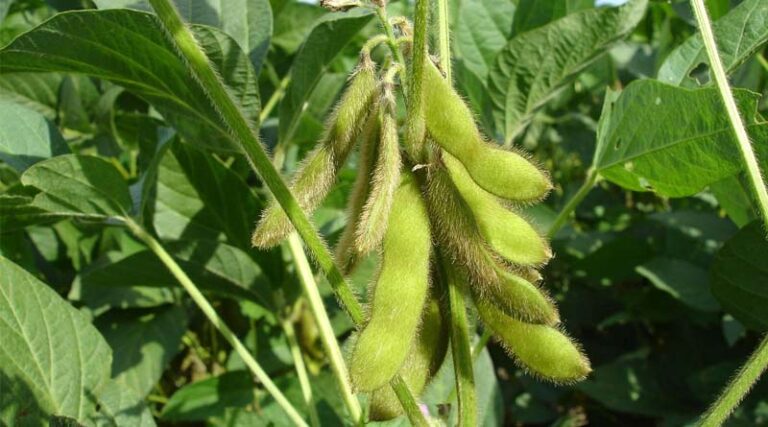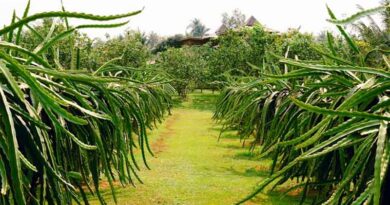
Top Recommended Insecticides to Control Leaf-Eating Caterpillars, Whitefly & Stem Borers in Soybean
28 July 2025, New Delhi: Soybean farmers often face multiple pest challenges during the Kharif season, including leaf-eating caterpillars (defoliators) such as Green Semilooper, Tobacco Caterpillar, and Chickpea Caterpillar, as well as sap-sucking insects like whiteflies and damaging stem borers (stem fly and girdle beetle). These pests collectively cause severe damage to crops by feeding on leaves, sucking plant sap, and boring into stems, resulting in significant yield losses.
The ICAR – National Soybean Research Institute, Indore, India’s leading institute for soybean research, has issued important recommendations for the combined management of these pests to ensure healthy and productive soybean crops.
Understanding the Problem
When multiple pests infest simultaneously, the combined damage can be devastating. Defoliators reduce leaf area affecting photosynthesis, whiteflies transmit viral diseases and weaken plants by sap sucking, and stem borers damage the plant’s vascular system causing wilting and death. Therefore, an integrated pest control approach using effective insecticides is necessary.
Recommended Premixed Insecticides for Combined Pest Control
For fields infested with defoliators, whiteflies, and stem borers simultaneously, farmers are advised to spray the crop with any one of the following premixed insecticides recommended by the ICAR – National Soybean Research Institute:
- Thiamethoxam 12.60% + Lambda-cyhalothrin 09.50% ZC at 125 ml per hectare
- Betacyfluthrin + Imidacloprid at 350 ml per hectare
- Chlorantraniliprole 09.30% + Lambda-cyhalothrin 04.60% ZC at 200 ml per hectare
- Indoxacarb 15.80% EC at 333 ml per hectare
These insecticides provide broad-spectrum control against leaf-eating caterpillars, sap-sucking whiteflies, and stem-boring insects, effectively reducing pest populations and protecting the crop.
Application Guidelines and Precautions
Timely scouting of the crop for early pest detection is essential. Farmers should apply these insecticides as soon as infestation symptoms appear for maximum efficacy. It is important to follow the recommended doses and safety measures such as wearing protective gear during spraying. Additionally, farmers should avoid repeated use of the same insecticide to prevent resistance buildup in pests.
📢 If You’re in Agriculture, Make Sure the Right People Hear Your Story.
From product launches to strategic announcements, Global Agriculture offers unmatched visibility across international agri-business markets. Connect with us at pr@global-agriculture.com to explore editorial and advertising opportunities that reach the right audience, worldwide.






